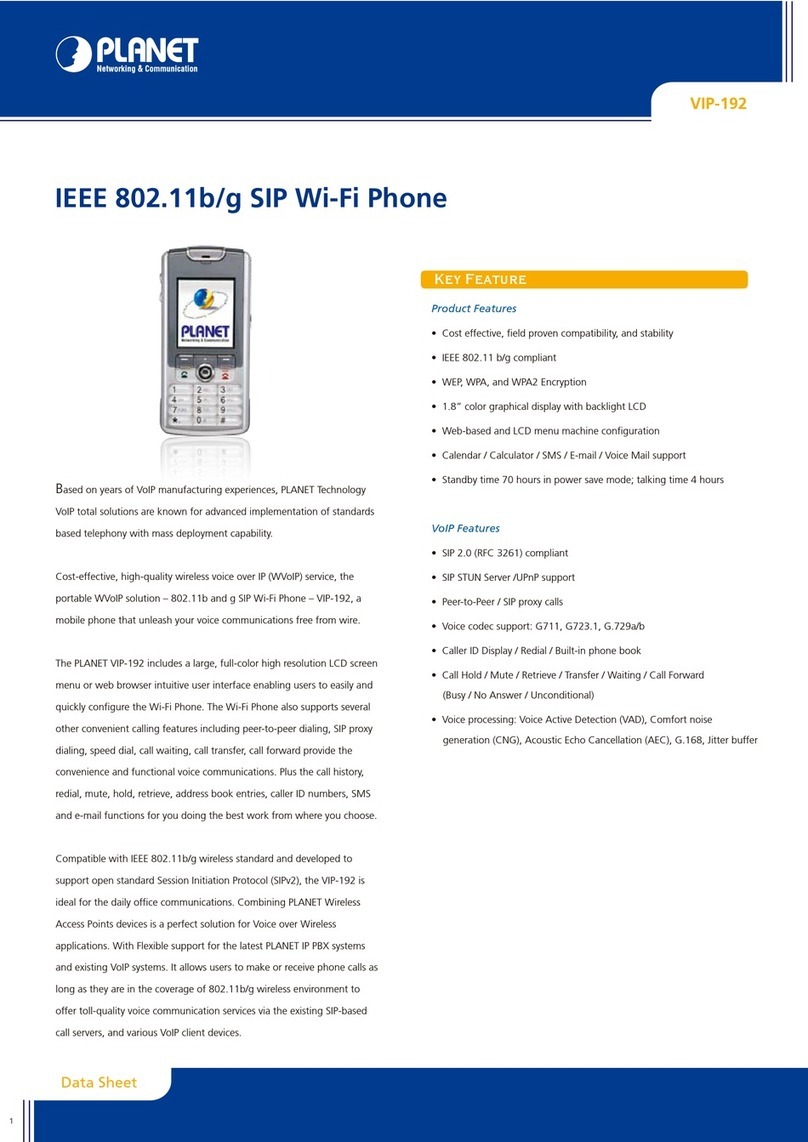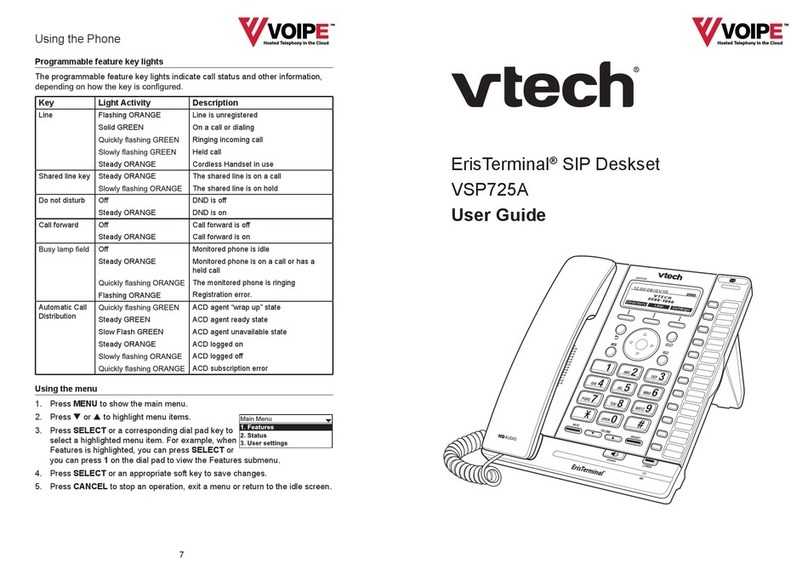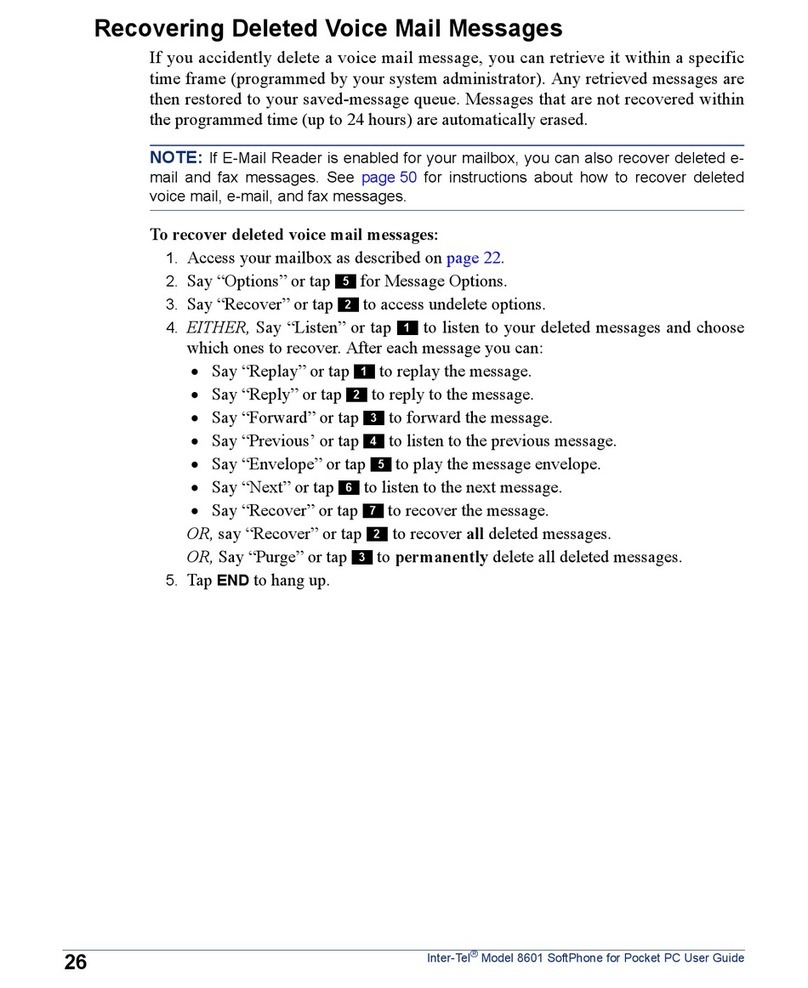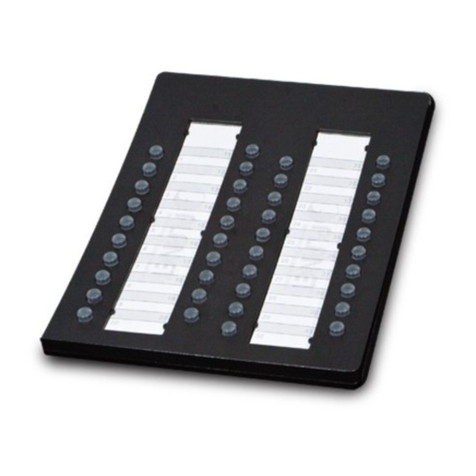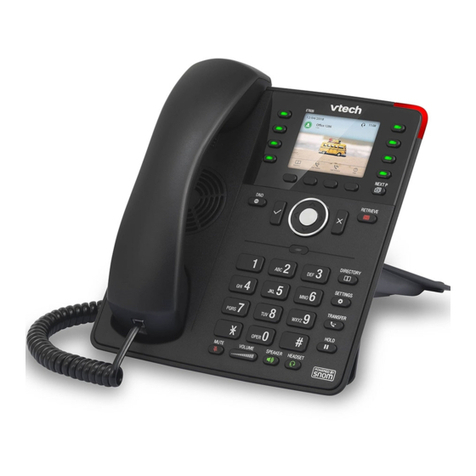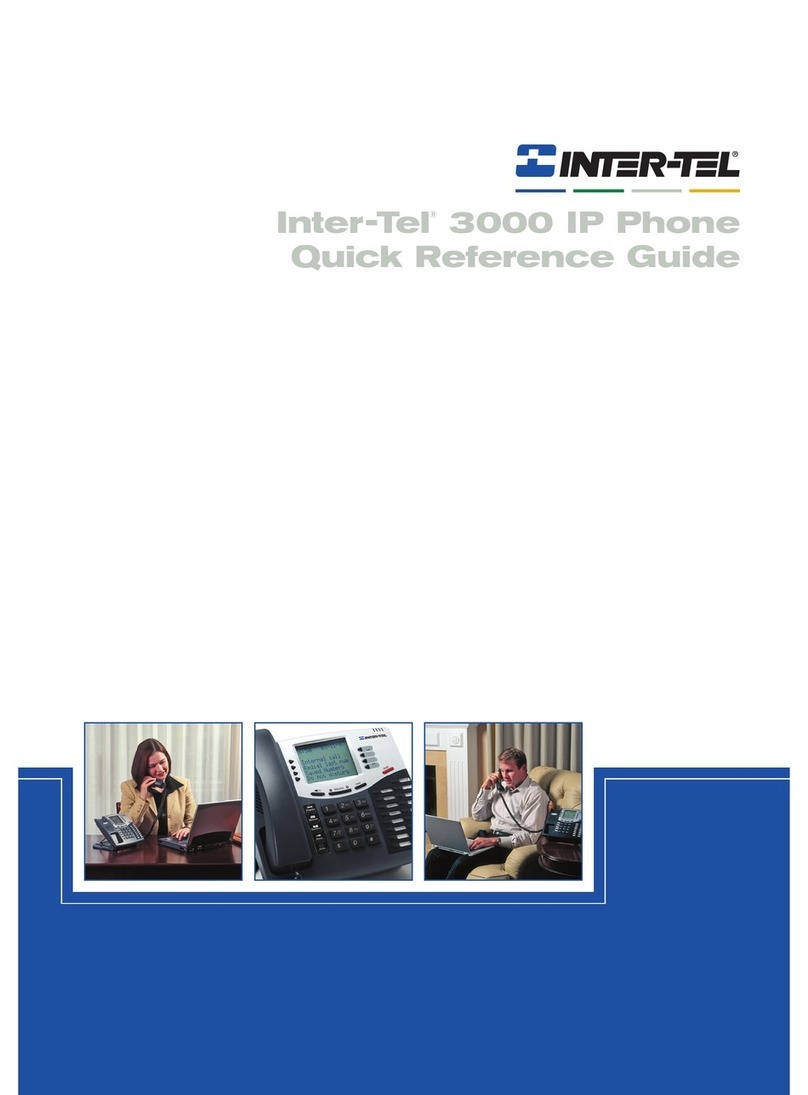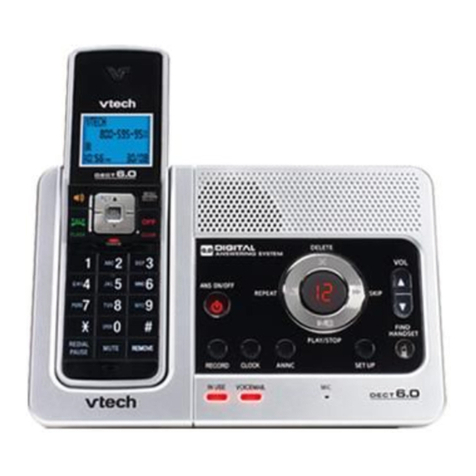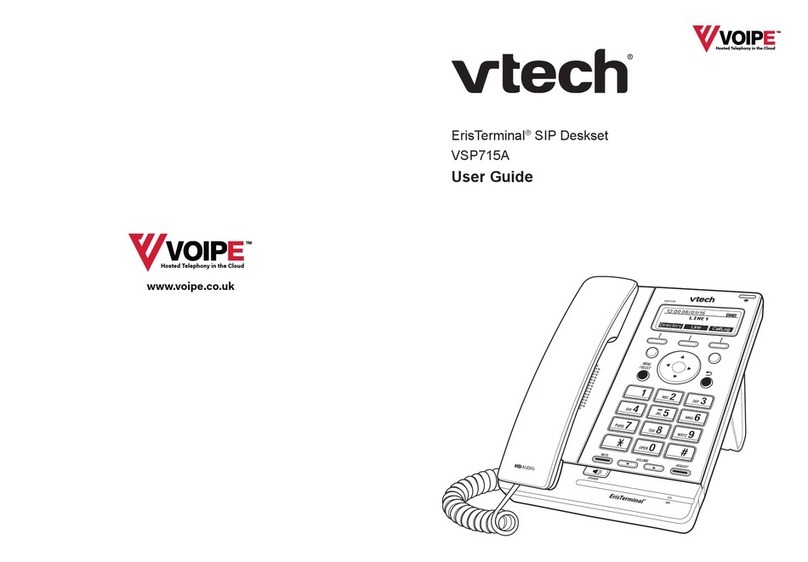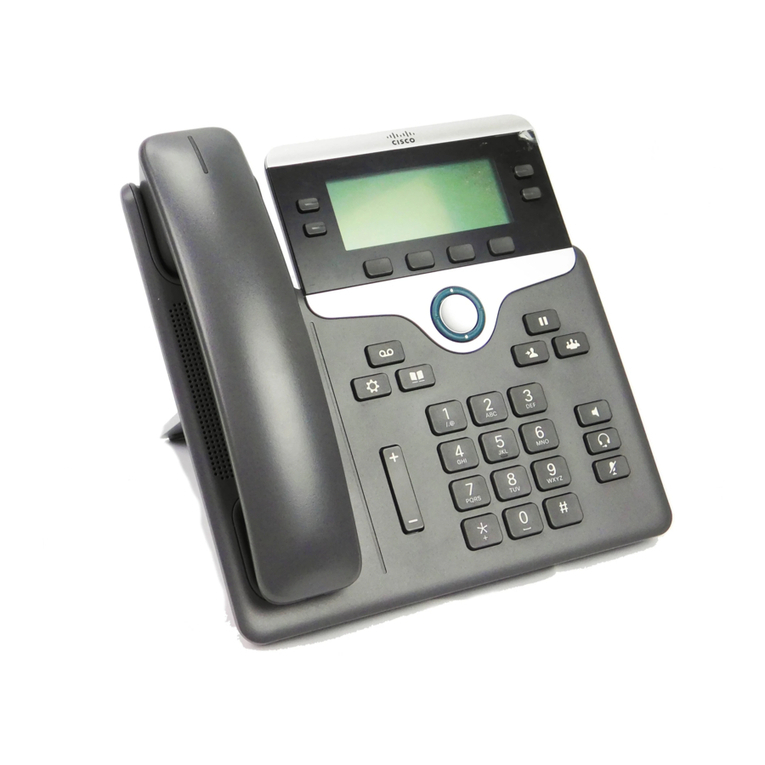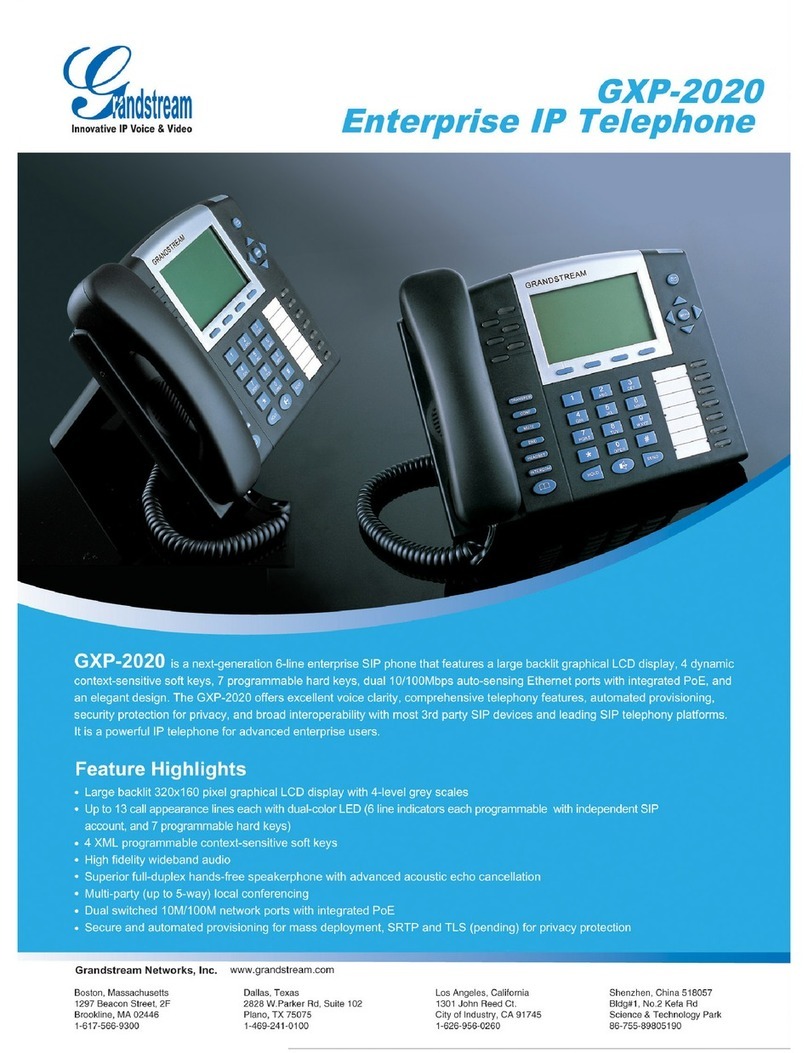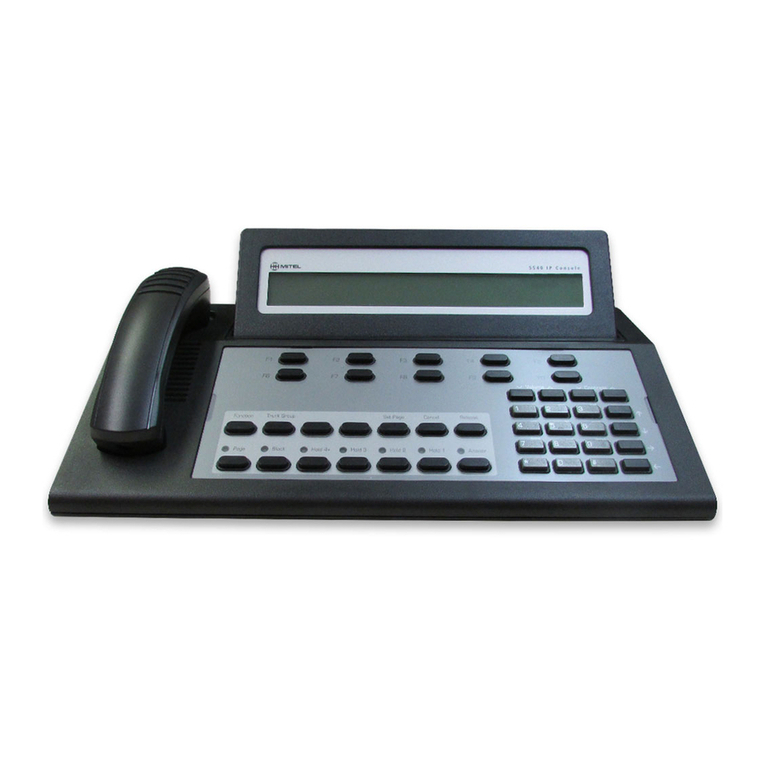Shin Chuan Computer SC700 User manual

SC700 / SC720 User’s Manual
WinCE. NET Rugged Portable Data Terminal
Sep/20/2007 Ver: 0.5

Table of Contents
Chapter 1.
Introduction........................................................................1-1
1.1 About this Manual............................................................................1-1
1.2 User and Product Safety...................................................................1-2
1.3 Battery Safety...................................................................................1-3
1.4 FCC Statement.................................................................................1-4
1.5 Recycling & disposal instructions. ..................................................1-5
1.6 Regulatory information....................................................................1-5
1.7 Product Labeling..............................................................................1-6
1.8 System Specifications....................................................................1-10
1.9 Environment Standard....................................................................1-12
1.10 Warranty and after service ...........................................................1-12
Chapter 2.
Getting Started....................................................................2-1
2.1 Check the package ...........................................................................2-1
2.2 General View of the PDT.................................................................2-3
2.2.1 SC700 general view................................................................2-3
2.2.2 SC720 general view................................................................2-5
2.3 Charging the Battery Pack ...............................................................2-7
2.3.1 Installing the battery pack.......................................................2-7
2.3.2 Charging the battery pack with Power Adapter ......................2-9
2.3.3 Charging the battery pack with Single Dock........................2-10
2.4. Handling the PDT .........................................................................2-12
2.4.1 Starting the PDT....................................................................2-12
2.4.2 Power on / off........................................................................2-12
2.4.3 Calibration of the touch Screen.............................................2-13
2.4.4 Adjusting the brightness........................................................2-13
2.4.5 To mute the Sound ................................................................2-14
2.4.6 Using the Stylus....................................................................2-14
2.4.7 Using the SC700 Keypad......................................................2-14
2.4.8 Using the SC720 Keypad......................................................2-23
2.4.9 Using the Ear/Microphone....................................................2-33
2.5 Navigating the Display ..................................................................2-34
2.5.1 Setting Time and Date...........................................................2-34
2.5.2 Entering the Data ..................................................................2-34
2.5.3 The Command Bar................................................................2-35
2.5.4 The Task Bar .........................................................................2-35

2.5.5 The Soft Keypad ...................................................................2-36
2.5.6 Setting Up Wireless LAN RF ...............................................2-36
2.5.7 Reading barcodes, 1D laser version......................................2-37
2.5.8 Reading barcodes, 2D CMOS version..................................2-38
2.5.8 Help.......................................................................................2-40
2.6 Power management........................................................................2-41
2.6.1 Suspend Mode.......................................................................2-41
2.6.2 Resuming ..............................................................................2-42
2.7 Resetting the PDT..........................................................................2-42
2.7.1 Software (Warm) Reset.........................................................2-42
2.7.2 Cold Reset.............................................................................2-42
Chapter 3.
Setting.................................................................................3-1
3.1 Introduction......................................................................................3-1
3.2 Control Panel ...................................................................................3-1
3.2.1 BarCode Setting......................................................................3-2
3.2.2 Symbologies List ....................................................................3-8
3.2.3 Bluetooth Device Properties .................................................3-24
3.2.4 Certificates............................................................................3-28
3.2.5 Control Center.......................................................................3-30
3.2.6 Date/Time..............................................................................3-34
3.2.7 Dialing Properties .................................................................3-35
3.2.8 Display Properties.................................................................3-37
3.2.9 Input Panel ............................................................................3-38
3.2.10 Internet Options ..................................................................3-39
3.2.11 Keyboard.............................................................................3-41
3.2.12 Network and Dial-up Connections......................................3-42
3.2.13 Owner..................................................................................3-46
3.2.14 Password.............................................................................3-47
3.2.15 PC Connection....................................................................3-48
3.2.16 Power ..................................................................................3-49
3.2.17 Regional Settings ................................................................3-51
3.2.18 Remove Programs...............................................................3-52
3.2.19 Storage Manager.................................................................3-53
3.2.20 Stylus...................................................................................3-54
3.2.21 System.................................................................................3-55
3.2.22 Volume & Sounds Properties..............................................3-57
3.3 Taskbar and Start Menu .................................................................3-58
Chapter 4.
Communication..................................................................4-1

4.1 Installing & Setting Up Microsoft ActiveSync................................4-1
4.1.1 Installing Microsoft ActiveSync on the Host PC....................4-1
4.1.2 Connecting PDT to Host PC...................................................4-1
4.2 Using ActiveSync.............................................................................4-1
4.2.1 Setting up a Partnership..........................................................4-1
4.2.2 ActiveSync File Synchronization............................................4-3
4.3 Networking ......................................................................................4-3
Chapter 5.
Software Applications........................................................5-1
5.1 Introduction......................................................................................5-1
5.2 Software Applications......................................................................5-1
5.2.1 Inbox .......................................................................................5-1
5.2.2 Internet Explorer...................................................................5-10
5.2.3 Media Player.........................................................................5-13
5.2.4 Messenger .............................................................................5-13
5.2.5 Microsoft WordPad...............................................................5-13
5.2.6 Remote Connection...............................................................5-19
5.2.7 Windows Explorer ................................................................5-20
5.3 DiskOnChip ...................................................................................5-22
5.3.1 Saving to Flash......................................................................5-22
5.3.2 DiskOnChip Location...........................................................5-22
5.3.3 DiskOnChip Size ..................................................................5-23
Appendix A
2D Barcode Setting......................................................... A-1
A.1 Setup Tab........................................................................................A-1
A.1.1 Symbology Setup..................................................................A-2
A.1.2 Decoder Setup.......................................................................A-3
A.1.3 Options..................................................................................A-4
A.2. Update Tab ....................................................................................A-5
A.3. Symbologies List...........................................................................A-6
A.3.1 Aztec......................................................................................A-6
A.3.2 Codabar.................................................................................A-7
A.3.3 Code 11 .................................................................................A-8
A.3.4 Code 128 ...............................................................................A-9
A.3.5 Code 39 ...............................................................................A-10
A.3.6 Code 49 ...............................................................................A-12
A.3.7 Code 93 ...............................................................................A-13
A.3.8 Composite Codes ................................................................A-14
A.3.9 Data Matrix .........................................................................A-15
A.3.10 EAN-8...............................................................................A-16

A.3.11 EAN-13 .............................................................................A-17
A.3.12 Interleaved 2 of 5 ..............................................................A-18
A.3.13 MaxiCode..........................................................................A-19
A.3.14 MicroPDF417....................................................................A-20
A.3.15 OCR-A, OCR-B, US Currency.........................................A-21
A.3.16 PDF417 .............................................................................A-31
A.3.17 Postnet...............................................................................A-32
A.3.18 QR Code............................................................................A-33
A.3.19 Reduced Space Symbology...............................................A-34
A.3.20 UPC-A...............................................................................A-35
A.3.21 UPC-E...............................................................................A-36
A.3.22 UPC-E1.............................................................................A-37
A.3.23 ISBT..................................................................................A-38
A.3.24 British Post........................................................................A-38
A.3.25 Canadian Post....................................................................A-39
A.3.26 Australian Post ..................................................................A-40
A.3.27 IATA 2 of 5........................................................................A-41
A.3.28 Codablock F......................................................................A-42
A.3.29 Japanese Post.....................................................................A-43
A.3.30 Planet Code.......................................................................A-44
A.3.31 KIX (Netherlands) Post.....................................................A-45
A.3.32 MSI....................................................................................A-46
A.3.33 TCIF Linked Code 39 .......................................................A-47
A.3.34 Mayrix 2 of 5.....................................................................A-48
A.3.35 Korean Post.......................................................................A-49
Appendix B
EasyPhone (GSM/GPRS)................................................B-1
B.1 Using the Phone Features...............................................................B-1
B.1.1 SIM Card...............................................................................B-1
B.1.2 Inserting a SIM Card.............................................................B-1
B.1.3 Start Before: ..........................................................................B-3
B.2 Accessing the dialer........................................................................B-4
B.2.1 Making a voice call ...............................................................B-5
B.2.2 Receiving a call.....................................................................B-5
B.3 Selecting settings............................................................................B-6
B.4 Internet connection.........................................................................B-7
B.4.1 Connecting ............................................................................B-8
Appendix C
Expansion Module Applicability.....................................C-1
C.1 RFID Applicability.........................................................................C-1

C.2 GPS Applicability...........................................................................C-3

1-1
Chapter 1.Introduction
Congratulations on purchasing the SC700/SC720 Portable Data Terminal (PDT), a
Microsoft Windows®CE .Net rugged PDT. Its special combination of features makes it
perfect for using in a wide range of applications. These features as:
Intel® XScale
TM
PXA270 520MHz 32 bits RISC Processor
Windows® CE .NET 5.0 Operating System
128/256 MB SDRAM & 128/256 MB Flash ROM
Open Architecture: User Accessible SD/CF/PCMCIA Slot
240 x 320, 3.5” Color TFT Display with Touch Panel
One Numeric-Alpha Keyboards with LED backlight
802.11b/g Radio Support (Bluetooth Optional)
Optionally Built-in GSM/GPRS Module
Integrated 1D or 2D Barcode Scanner
Changeable Scan Housing and Keypad
Digital Camera 2.0M Pixel DSC Function (optional)
GPS or RFID Function (Expansion module)
1.1 About this Manual
The following chapters contained in this manual are:
Chapter 1: Introduction General information about the PDT.
Chapter 2: Getting started Describe the basic use of the PDT.
Chapter 3: Setting Provide basic instructions for customizing the
PDT.
Chapter 4: Communication
Describe how to use all kinds of communication
of the PDT.
Chapter 5: Software Application Describe the installed applications on the PDT.
Appendix A. 2D Barcode Setting Provide instructions for customizing the 2D
Engine.
Appendix B Phone Tools (GSM/GPRS)
Provide instructions for the Phone Tools Utility
Appendix C Expansion Module
Applicability
RFID& GPS Function Explaining

1-2
1.2 User and Product Safety
Do not stare into the laser or LED beam directly or shine it into eyes.
Never use strong pressure onto the screen or subject it to severe impact, as the
LCD panel could become cracked and possibility cause personal injury. If the
LCD panel is broken, never touch the liquid inside because the liquid irritates the
skin.
Although the PDT has passed the test of IP54 standard for water and dust
resistance, avoid prolonged exposure to rain or other concentrated moisture.
Such condition exceeds the IP54 standard, and could result in water or other
contaminants entering into the PDT.
Use only the original approved AC Adapter with the PDT. Use of an unapproved
AC Adapter could result in electrical problems, or even cause a fire or electrical
shock to the user.
Do not disassemble the PDT. Servicing should be done by supplier only. If the
PDT or accessories gets damaged due to wrong handling or unauthorized repair,
warranty is void. In case the warranty seals are broken, warranty is void too.
Make regularly back-ups of all important data.
Under no circumstance will supplier be liable for any direct, indirect,
consequential or incidental damages baring out of the use or inability to use the
hardware and software and/or any data loss, even if supplier has been informed
about the possibility of such damages.

1-3
1.3 Battery Safety
Lithium-ion battery packs might get hot, explode, ignite and/or cause serious injury if
exploded by abusive using. Please follow the safety warnings listed as below:
Do not throw the battery pack in fire. Do not expose the battery to high
temperatures.
Do not connect the positive battery pack with negative battery pack to each other
with any metal object (like wire).
Do not carry or store battery pack together with metal objects.
Do not pierce the battery pack with nails or drills, strike the battery pack with a
hammer, step on the battery pack or otherwise expose it to strong impacts,
shocks or excessive force.
Do not solder onto the battery pack.
Do not expose battery pack to liquid or allow the battery contacts to get wet.
Do not disassemble or modify the battery pack. The battery pack contains safety
and protection measures, which, if damaged, may cause the battery pack to
generate heat, explode or ignite.
Do not discharge the battery pack using any device except for the specified
device. When it is used in devices other than the specified devices, the battery
pack can be damaged or its life expectancy reduced. If the device causes any
abnormal current to flow, it may cause the battery pack to become hot, explode
or ignite and cause serious injury.
In the event the battery pack leaks and the fluid gets into one’s eye, do not rub
the eye. Rinse well with water and immediately seek medical care. If left
untreated, the battery fluid could cause damage to the eye.

1-4
1.4 FCC Statement
Federal Communication Commission Interference Statement
This equipment has been tested and found to comply with the limits for a Class B
digital device, pursuant to Part 15 of the FCC Rules. These limits are designed to
provide reasonable protection against harmful interference in a residential installation.
This equipment generates, uses and can radiate radio frequency energy and, if not
installed and used in accordance with the instructions, may cause harmful interference
to radio communications. However, there is no guarantee that interference will not
occur in a particular installation. If this equipment does cause harmful interference
to radio or television reception, which can be determined by turning the equipment off
and on, the user is encouraged to try to correct the interference by one of the
following measures:
-Reorient or relocate the receiving antenna.
-Increase the separation between the equipment and receiver.
-Connect the equipment into an outlet on a circuit different from that to which
the receiver is connected.
-Consult the dealer or an experienced radio/TV technician for help.
FCC Caution: Any changes or modifications not expressly approved by the party
responsible for compliance could void the user's authority to operate this equipment.
This device complies with Part 15 of the FCC Rules. Operation is subject to the
following two conditions: (1) This device may not cause harmful interference, and (2)
this device must accept any interference received, including interference that may
cause undesired operation.
IMPORTANT NOTE:
Radiation Exposure Statement:
This equipment complies with FCC radiation exposure limits set forth for an
uncontrolled environment. End users must follow the specific operating instructions
for satisfying RF exposure compliance. To maintain compliance with FCC RF
exposure compliance requirements, please follow operation instruction as documented
in this manual.
Body-worn Operation
For body worn operation, this phone has been tested and meets the FCC RF exposure
guidelines when used with the Shin Chuan Computer Co., Ltd. accessories supplied or
designated for this product. Use of other accessories may not ensure compliance with
FCC RF exposure guidelines.
This transmitter must not be co-located or operating in conjunction with any other

1-5
antenna or transmitter except built-in tested devices.
The availability of some specific channels and/or operational frequency bands are
country dependent and are firmware programmed at the factory to match the intended
destination. The firmware setting is not accessible by the end user.
Caution: SCC declares that SC700 ( FCC ID: TQ2-SC700PDT-BWG ) / SC720
( FCC ID: TQ2-SC720PDT-BWG ) is limited in CH1~CH11 for 2.4GHz by
specified firmware controlled in U.S.A.
The FCC ID of SC700/SC720 is TQ2-SC700PDT-BWG
LED AND LASER SAFETY INFORMATION
Class II LED/Laser Product
Do not stare at the LED/Laser or shine into eyes
Do not allow young children to use the product without adult supervision
Do not replace/repair the LED/Laser, these are not user replaceable
Do not shine the LED/Laser on a shiny reflective surface
1.5 Recycling & disposal instructions.
Do not throw this product in the home waste bin. For proper end-of-life
treatment consult the
Environmental care section of www.sccltd.com.tw
1.6 Regulatory information.
For CE, FCC, RoHS and other Document of Conformities, consult the
Regulatory section of www.sccltd.com.tw

1-6
1.7 Product Labeling
The PDT has several labels as showed in Figure 1-1 to 1-4.
A. SC700
Figure 1-1 Product Labeling (Front side view)
Label nr. Description
1 LCD panel protection film
2 SC700 logo
5 Warranty seal PDT
10 SIM label (only use on GSM/GPRS)
Table 1-1 Front labeling

1-7
Figure 1-2 Product Labeling (Back side view)
Label nr. Description
3 System and regulatory label
4 LED/Laser radiation warning label
5 Warranty label bar code reader
6 Serial number
7 Configuration number
8 Windows CE .NET label
9 NCC label (only use on Traditional Chinese
version)
11 PenPower label (only use on Simplified
Chinese version)
12 CCC label (only use with China)
Table 1-2 Rear labeling

1-8
B. SC720
Figure 1-3 Product Labeling (Front side view)
Label nr. Description
1 LCD panel protection film
2 SC720 logo
5 Warranty seal PDT
9 SIM label (only use on GSM/GPRS)
Table 1-3 Front labeling

1-9
Figure 1-4 Product Labeling (Back side view)
Label nr. Description
3 System and regulatory label
4 LED/Laser radiation warning label
5 Warranty label bar code reader
6 Serial number
7 Configuration number
8 Windows CE .NET label
10 PenPower label (only use with China)
Table 1-4 Rear labeling

1-10
1.8 System Specifications
The SC700 / SC720 detailed specifications as follows. Unless otherwise noted, all the
specifications are subject to change without prior notification.
Table 1-5 System Specification
SC700 / SC720
Processor
- 520MHz Intel PXA270 32 bits RISC CPU
Memory
- 128/256MB Flash ROM
- 128/256MB SDRAM
Display
- 240 x 320 3.5” TFT 256K Color LCD with LED
backlight
Audio
- One mono speaker
- 2.5mm DIA Stereo Earphone Jack with Microphone
input
Radio Support
- Wireless LAN: 802.11b/g
- Bluetooth: Class II (optional)
- GSM/GPRS: (optional)
Communication Ports
- USB: Support USB v1.1 both host and client.
(PDT and Cradle)
- Serial: RS232 via optional cable or Cradle.
Scan Engine
- Symbol, Opticon Laser (1D) Engine. (optional)
- HHP 1D/2D Image. (optional)
- Opticon Long range engine. (optional)
- Opticon 2D Image. (optional)
Expansion Slot
- One SD Card Slot
(SD memory only, no SDIO support)
- One Compact Flash type-II Slot
(Availability depends of PDT model)
LED
- One Triple-Color LED for Charger Indicator and
Alarm Notification
- One Dual-Color LED for Scanner Indicator

1-11
SC700 / SC720
Power System
- Standard Li-Ion Battery Pack, 3.7V, 3000mAh
- Advanced Smart Battery with Gas-Gauge
- Built-in Battery Charger
- 2.4V/15mAh rechargeable backup battery
- One Battery Cover Sensor Switch
- Power Adapter: 100~240VAC, 50/60Hz Input ;
5VDC/2.6A Output
SC700
- One Power Button
- Three Barcode Scanner Buttons
- Four Navigation Buttons
- Four Application Buttons
- Sixteen Alpha-Numeric Keypad
- One Pistol Trigger Button
- One Application Hot Key
Keypad / Buttons
SC720
- One Power Button
- Four Barcode Scanner Buttons
- Four Navigation Buttons
- Four Application Buttons
- Forty-four Alpha-Numeric Keypad
- One Pistol Trigger Button
- One Application Hot Key
SC700
- Dimensions:
L : 192.5mm
W:91.3mm / 78mm
H: 60.6mm / 42.2mm
- Weight: 560g with Standard Battery Pack
500g without Battery Pack
Dimensions and
Weight
SC720
- Dimensions:
L : 220mm
W:91.3mm / 78mm
H: 60.6mm / 42.2mm
- Weight: 660g with Standard Battery Pack
600g without Battery Pack
Color
- Black

1-12
SC700 / SC720
Peripherals and
Accessories
- Optional: RS232 Serial Cable for Terminal / USB
Host Cable for Terminal / High-Capacity Li-Ion
Battery Pack (3.7V, 4000 mAh) / RFID Card Cover /
Single Dock / Pistol Grip/ 4 Slot Battery Charger /
Car Adapter / Holster / LCD Protective Film / Finger
Printer & RS232 Cable / RFID Module / GPS Module
Software
- Microsoft Windows CE.NET 5.0 Professional
1.9 Environment Standard
Table 1-6 Environment Standards
Operating Temperature
14
o
F ~ 122
o
F( -10
o
C ~ 50
o
C)
Storage Temperature
-4
o
F ~ 158
o
F (-20
o
C ~ 70
o
C)
Humidity
5% ~ 95% (non-condensing)
Drop
5ft (1.5m) Drop onto Concrete
Water & Dust proof
IP54 Certificated & IP64 Compliant
Vibration
MIL STD 810F
1.10 Warranty and after service
Should this PDT be malfunctioned, please contact your original retailer providing
information about the product name, the serial number, and the details about the
problem.

2-1
Chapter 2.Getting Started
2.1 Check the package
Open the package and check all the parts are inside without shortage and damage:
A. SC700
Figure 2-1 Inside the package
1. SC700 Terminal
2. Standard Battery Pack (3.7V, 3000 mAh)
3. USB Client Cable for Terminal
4. Stylus
5. AC Power Cord
6. Earphone/ Microphone Set
7. Standard AC Adapter 5VDC/2.6A
8. CF Support Guide (availability depends of PDT model)
9. Quick Guide (not shown in the picture)

2-2
B. SC720
Figure 2-2 Inside the package
1. SC720 Terminal
2. Standard Battery Pack (3.7V, 3000 mAh)
3. USB Client Cable for Terminal
4. Stylus
5. AC Power Cord
6. Earphone/ Microphone Set
7. Standard AC Adapter 5VDC/2.6A
8. CF Support Guide (availability depends of PDT model)
9. Quick Guide (not shown in the picture)
This manual suits for next models
1
Table of contents
Popular IP Phone manuals by other brands
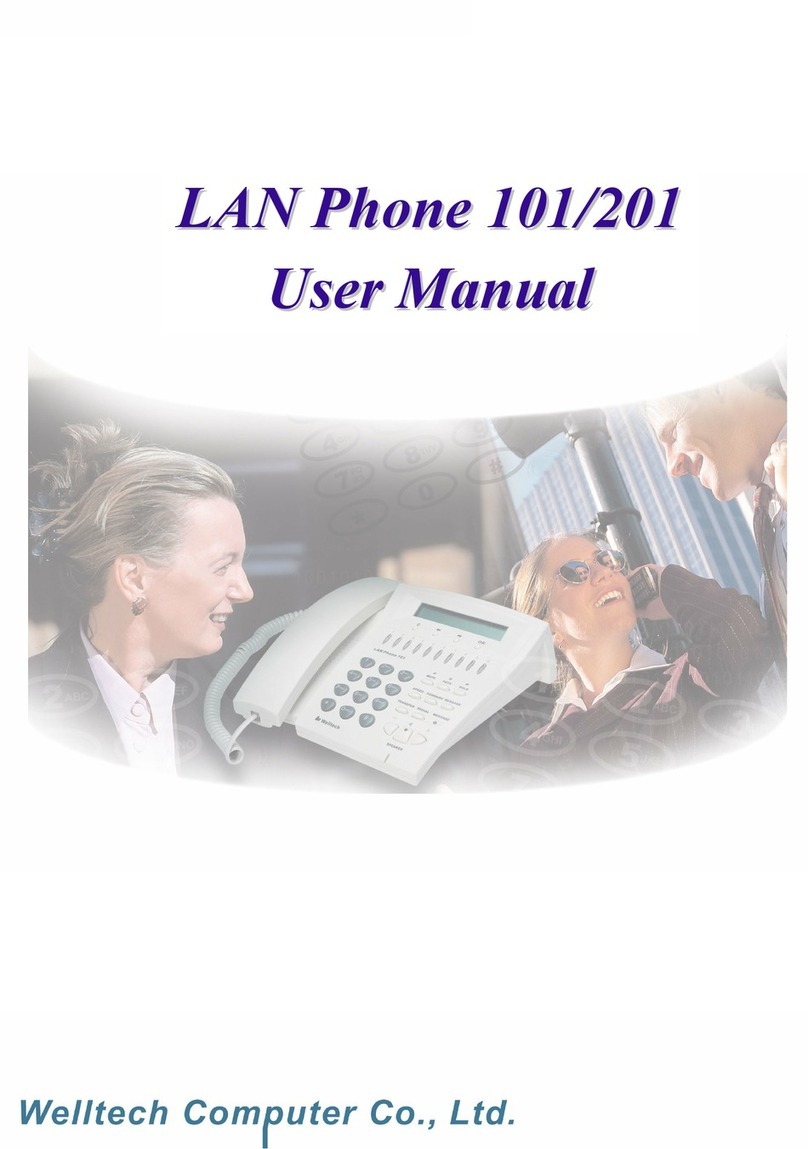
WELLTECH
WELLTECH FXSO GATEWAY SIP 3701A manual
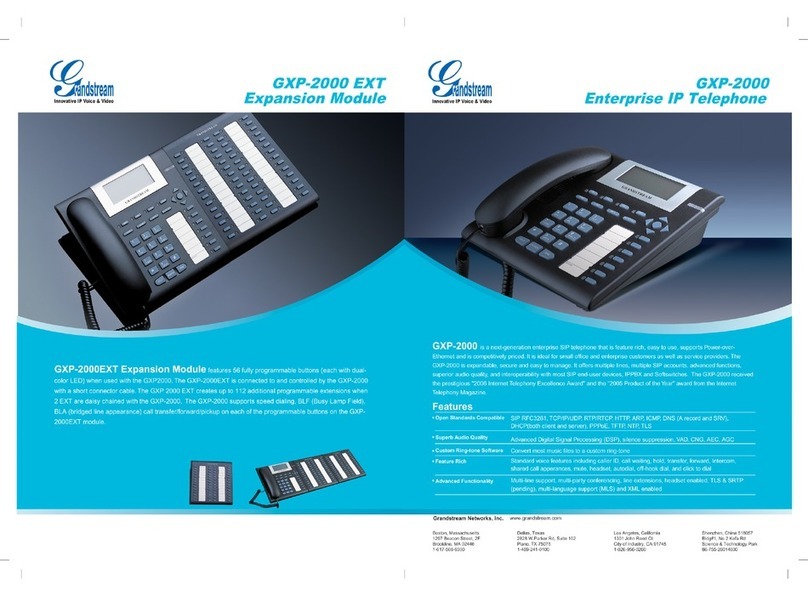
Grandstream Networks
Grandstream Networks Grandstream GXP-2000 Technical specifications

Commander
Commander T41P Quick reference guide
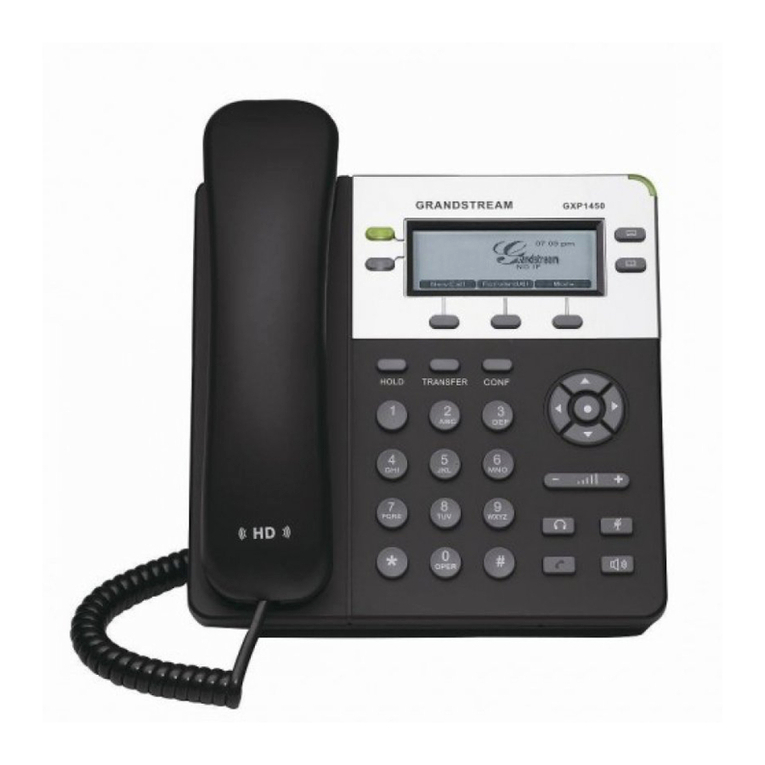
Grandstream Networks
Grandstream Networks GXP1450 user manual
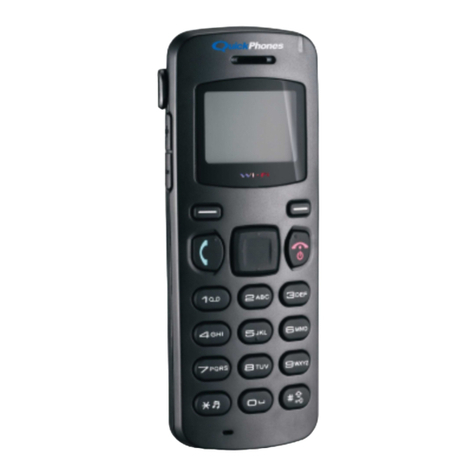
quickphones
quickphones QuickPhones QA-341 user manual
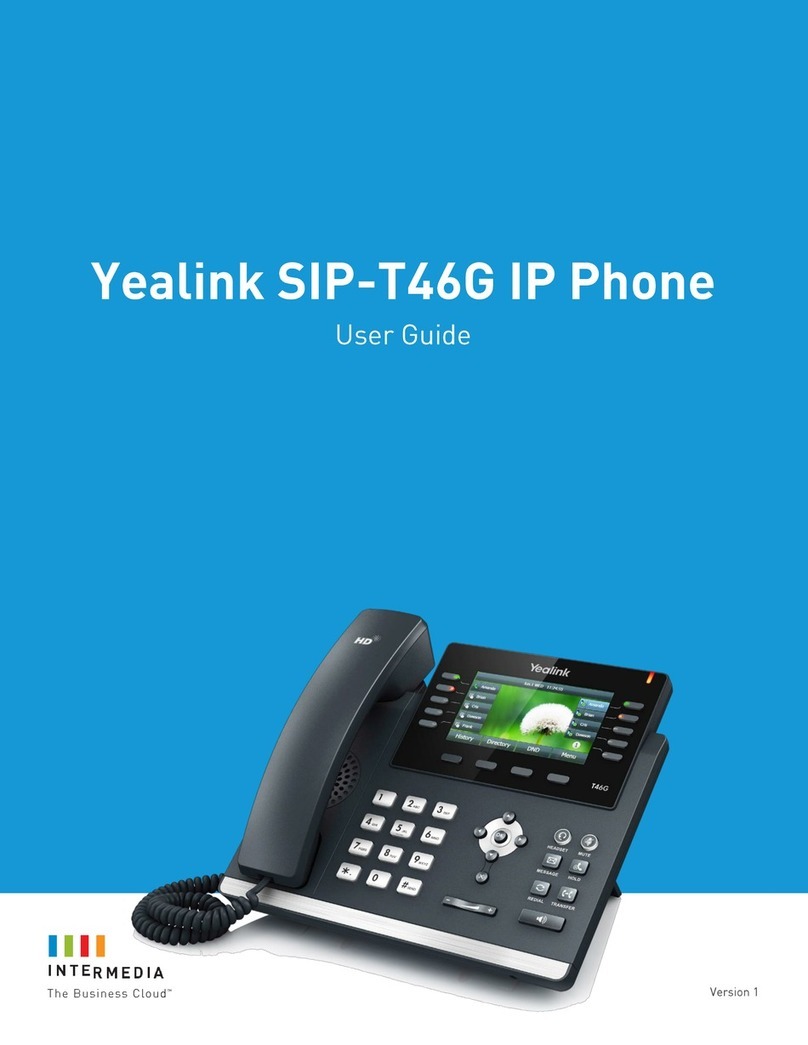
Yealink
Yealink Yealink SIP-T46G user guide
